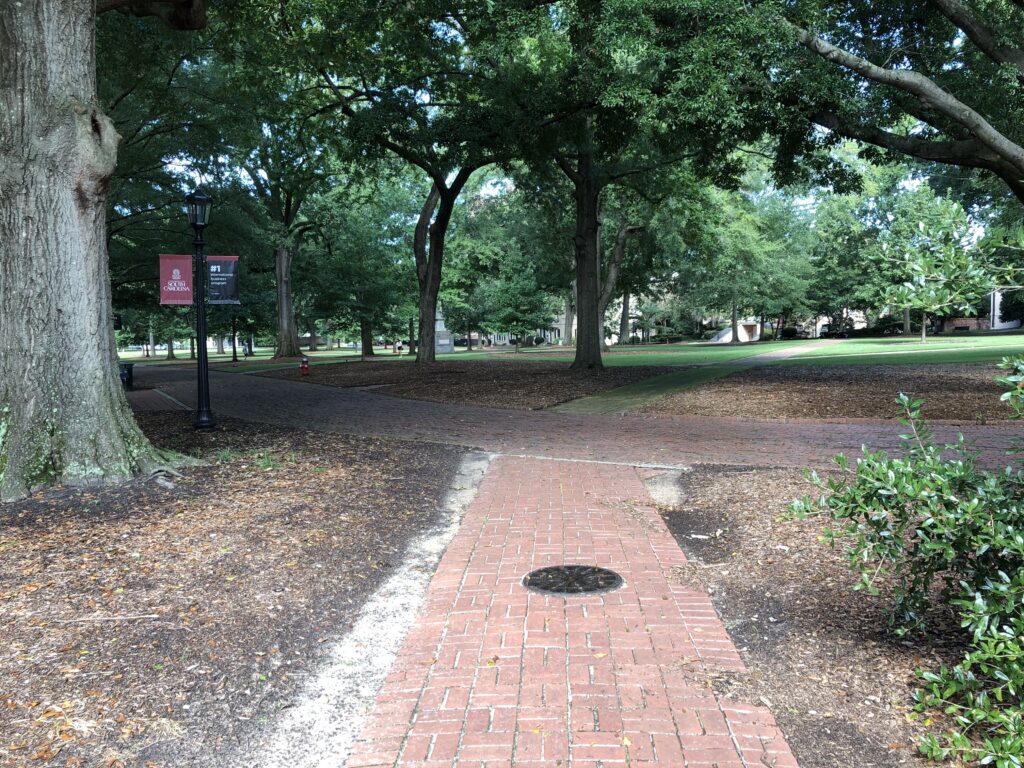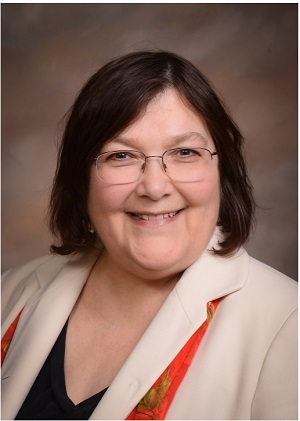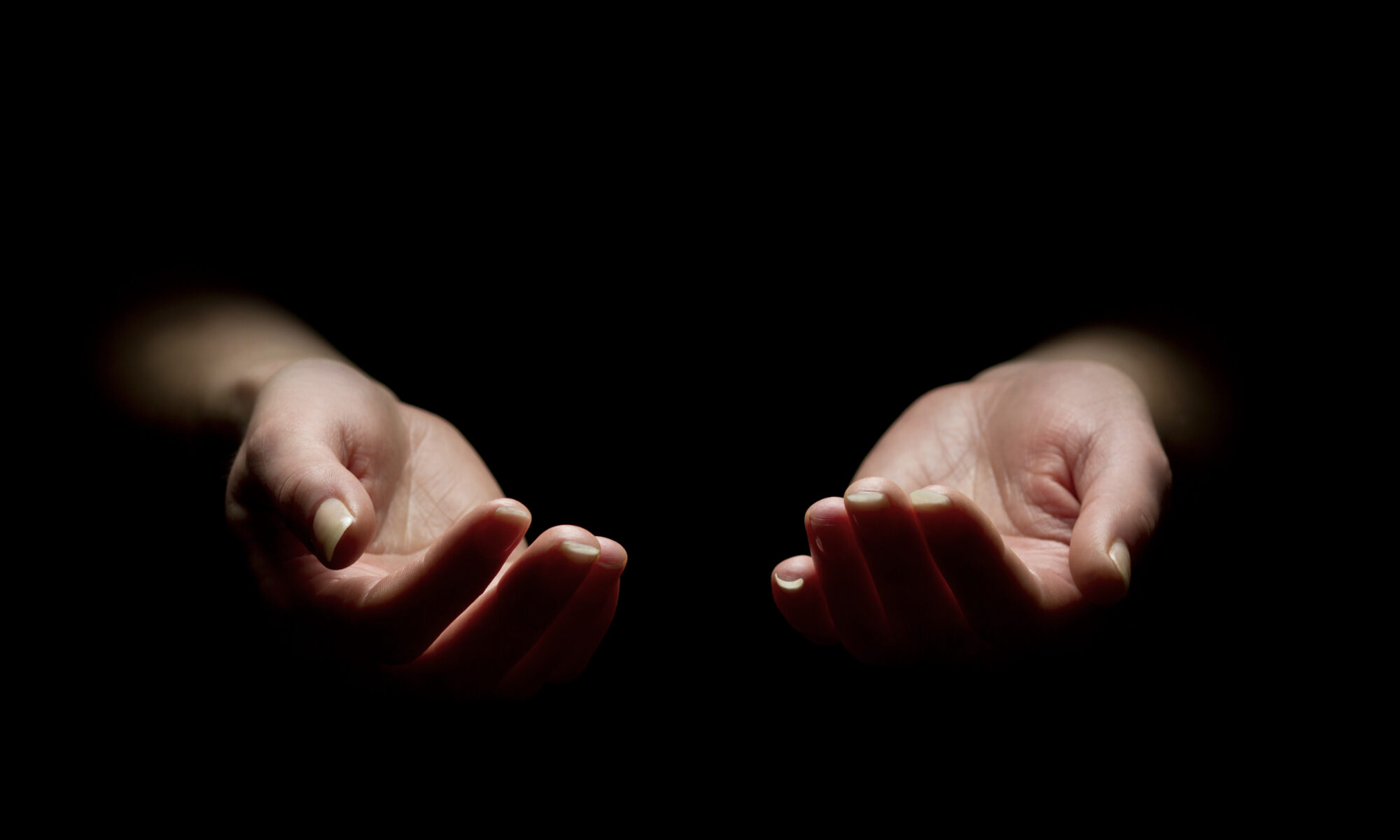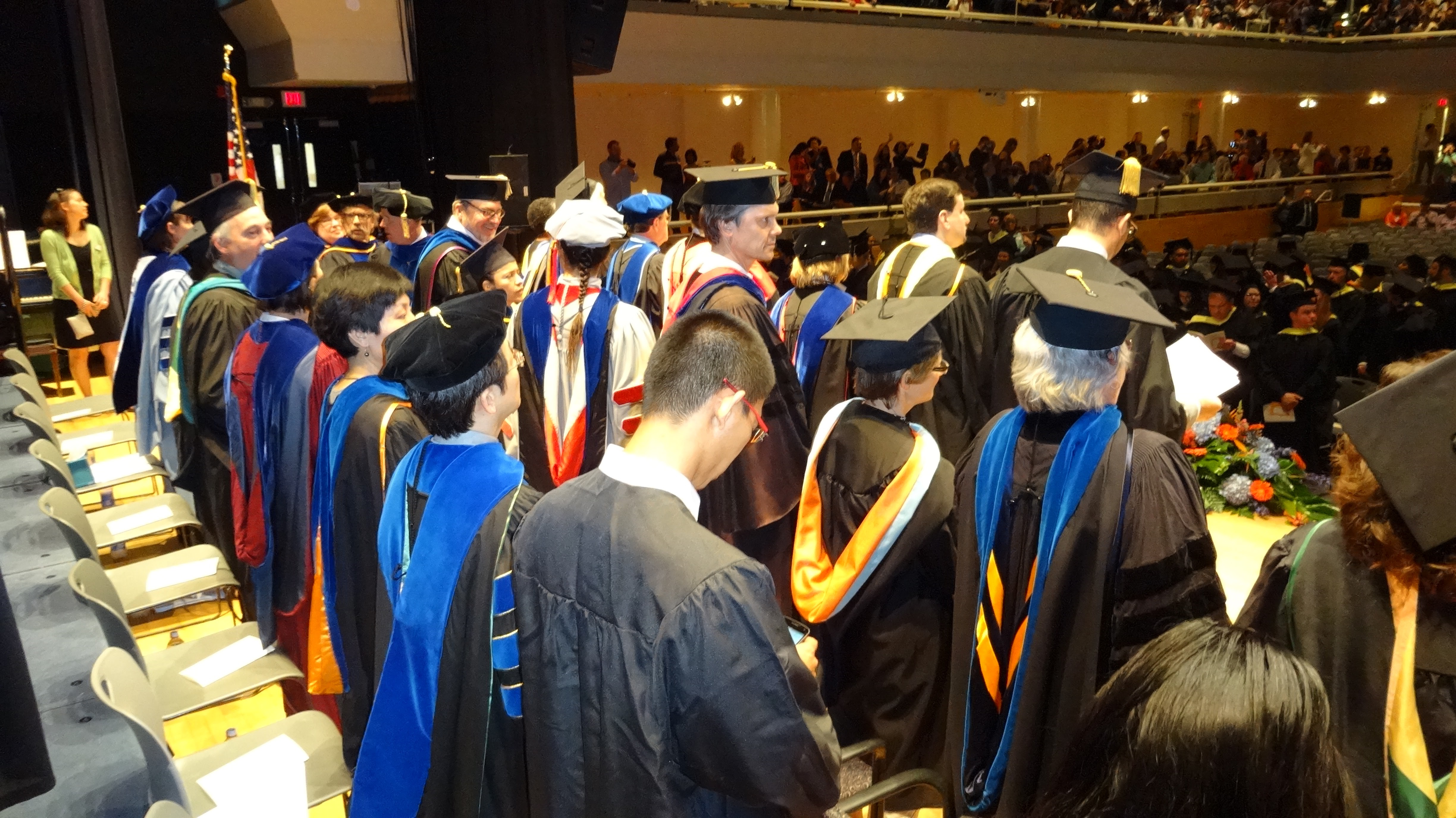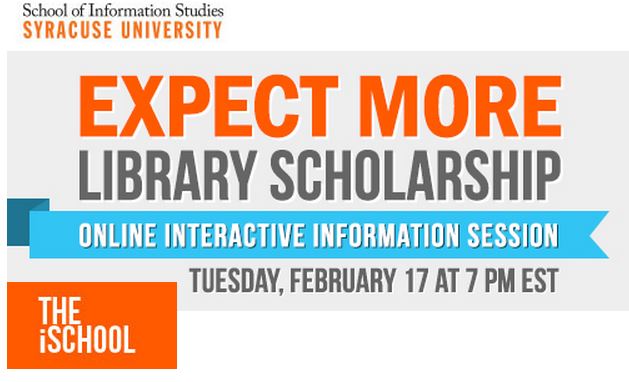This semester I am teaching a class in self-publishing (Publish or Perish: From Monks to MOOCs). This post is the result of my most recent self-published book, The Boring Patient.
There are a lot of reasons folks self-publish a book. Some for fame, some for money, some because they have something they want to share. In most cases it is a combination of all of these. Throw in the increasing ease of doing it yourself versus the difficulty of breaking into “traditional” publishing with agents and such and you have the amazing increase in self-publishing.
I’ll be honest, when I published The Boring Patient I was interested in selling books and making money in addition to simply wanting to share my message. It was nice to have a pretty paper book to give out to friends and family, but somewhat discouraging when I didn’t sell thousands of copies (yet). Then I was invited to do an interview on the book for a locally produced public radio show on health matters.
The interview was recorded (you can hear it here) in the same hospital where I had been diagnosed with and treated for my cancer. After the interview I went up to the oncology and bone marrow transplant ward. I had spent 25 days in the transplant ward walking 31 miles 42 steps at a time. I saw a nurse who remembered me. She have me a hug, and I gave her a book. Then I went to the general oncology ward where I had spent a month when first diagnosed.
As I turned the corner, a nurse I mentioned in the book saw me. This is the passage about her from the book:
Here is one of the most poignant moments I have had in my life, and frankly, if you take nothing out of this book but the following story, I would be very happy. As the fellow lowered the bed for more leverage to push into my skeleton she requested a steel needle to bore into the crown of my pelvic bone. A nurse who had been taking care of me came to the head of the bed, and with one hand gave the fellow the steel needle, and with the other took my hand.
For the next 10 minutes that nurse asked me about my job, my kids, my wife, where I liked to travel, anything to keep me talking. Meanwhile the fellow continued to lower the bed for better leverage. She was getting direction from another doctor…it was the fellow’s first bone biopsy – great. As soon as the fellow removed the needle, the nurse let go of my hand, walked down to the lounge where my wife was losing it, and told her, “You are planning his funeral, stop it.”
Now here she was, and before I knew what to say she hugged me. She proceeded to tell me that she not only heard about my book, but had given it to the head of medicine, her fellow nurses, and even patients. She asked if I would be willing to talk to patients and possibly be involved in some staff development. To say that she made my day is an understatement. I told her I was at her disposal. If she needed me to talk to nurses or patients or doctors, I would be there. It would be a pleasure to give back.
As I was leaving the floor, she found me again and asked if I had time to talk to a patient. So I was soon sitting next to – well – me really. Me from twelve months ago. Hair gone to chemo, port connected to a pole pumping in chemo. We talked for the better part of an hour about cancer, stem cell transplants, chemo, pain, family, drugs, dying, and getting through it all. After the better part of an hour I left. What hit me at that moment was that if I didn’t sell another copy of the book, it had already accomplished more than I could have hoped.
Which brings me to this post. Turns out my story has been used in an Italian course on “The Sociology of Health” (Google translation). I wrote a brief post for the class and received these questions:
Good evening, it’s a pleasure to talk to you. I have two questions.
How has this experience of disease changed your life? And how the narratives clinics can change the concept of care of and public health? Thank you for your availability.
That is not a set of answers I can easily squeeze into a Facebook comment. So with that very long preface, here are my answers:
On the matter of what clinics can change around the concept of public health, I think the short answer is that clinics don’t make you healthy. Doctors, drugs, and treatments don’t make you healthy…they are a crucial PART of your health. So, however, are you. It takes a team of committed professionals, patients, and caregivers to get and stay healthy. All members of that team are important, all must teach and learn from each other, and the key is knowledge. That nurse holding my hand was as important to my treatment as the steel spike piercing my bone. Me taking my pills was as crucial as the doctors writing the prescription, and the pharmacist who ensured the correct dosage.
How has this experience of disease changed my life? Wow. There are the expected answers. I have come to appreciate my family and friends more. I have seen how powerful the caring and contributions of even remote acquaintances can be. Meals, sitting with me, lottery cards, Christmas caroling form library students via Facetime, all can be overwhelming. They show that people care that you are alive.
Then there is the more truthful, and frankly painfully personal answer. I don’t know yet.
It has been nearly a year since my bone marrow transplant. While I was living that year it felt like a straight path of recovery. Every day feeling better than the day before. Every day stronger. Now I can leave the hospital, now I can leave the house. Now I can travel by car, now by plane. A first clean PET scan, then another, and another. Always getting better; always moving forward. That’s the way health is supposed to work. You get sick, then you get treated, then you get better. It certainly seemed like a straight line at the time. Feeling better, then joyous, then more work and more impact; always forward. Always joyous.
But looking back on my “first year” I do not see a straight path. Yes there is the forward path of my body, but all around it is the sometimes jarring emotional swerves and bucks and skids. Always joyous? Joyous and relieved and then depressed and lost. Is it my mind, my body or the latest drug side effect. Always forward always forward until you stop and breath and want to crawl back into bed for no reason. No reason. But you try and find one to explain the fear and anxiety and depression when yesterday was joy. You take out your mental checklist: Drug change? Insomnia (again)? Bad food? Am I sick – oh God am I sick?! Where’s the thermometer. How’s my breathing and my chest? There has to be a reason, it has to be physical right? I don’t get anxious, I don’t get depressed. I’m the brave one, the strong one, the cancer is gone. I’m better…right?
Then they are there. Your wife who hugs you. Your kids joke with you. Your friends and your mother are there. And it is not so bad. Sometimes it is still bad, but you force a smile, or a joke…and then you fool yourself too. Better. Out of bed. Then joy…thank God that in all that swerving and bucking, joy comes.
Today I am better. Today I have survived a year when many would have died. Today I have a chance for joy. Today I can have the straight path…or perhaps today I will once again skid and buck. But I can do that. And maybe today as I slide and skid I can also close my eyes to just feel the rush of wind on my face. And today as I look down and see hands that every day resemble more and more those of my dead father I can remember him. And today as I try something new I can applaud myself for courage – get out of bed – get out of the house – get out of my head and do the most sincere prayer I know: today I will make the world a better place. Today I will use my gift of life to help others. Today. Today. Today.

